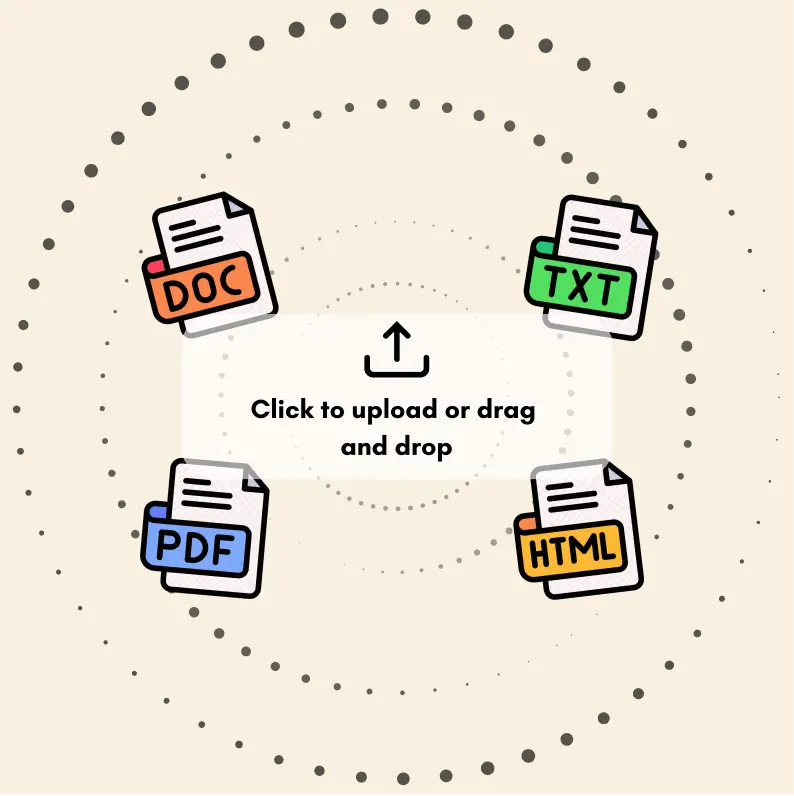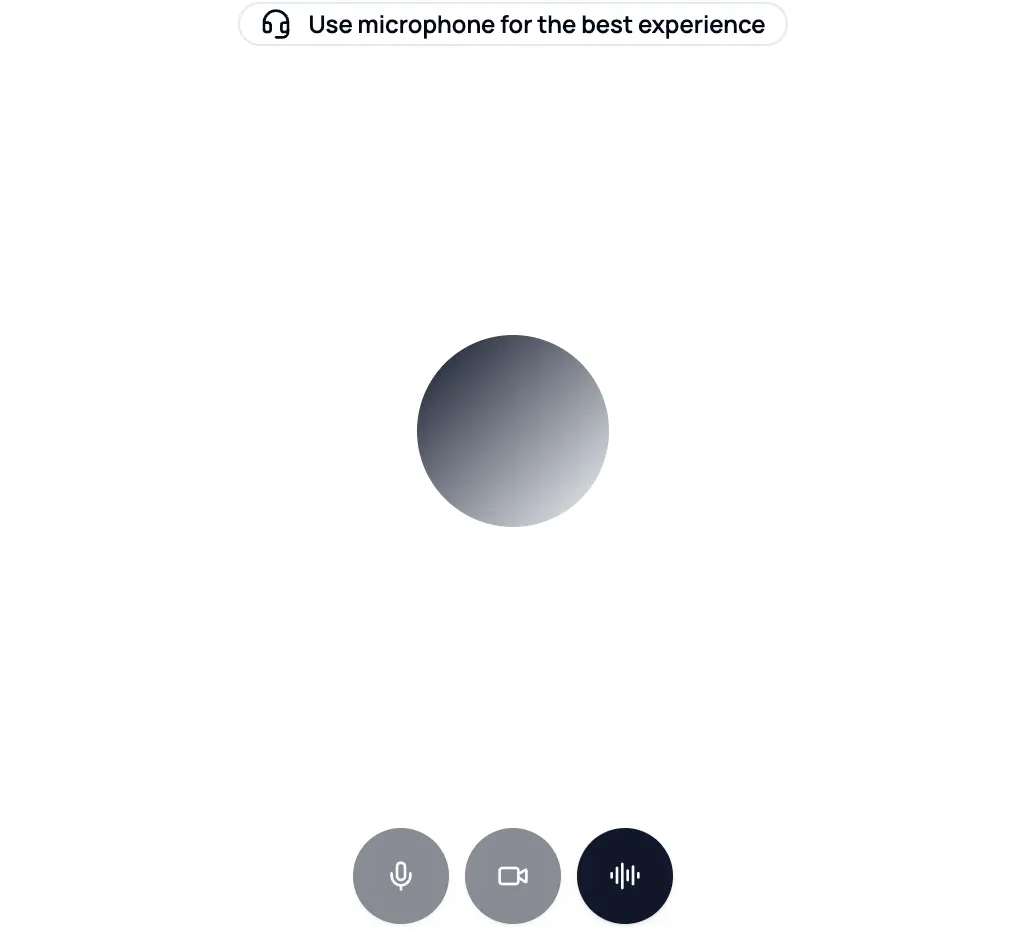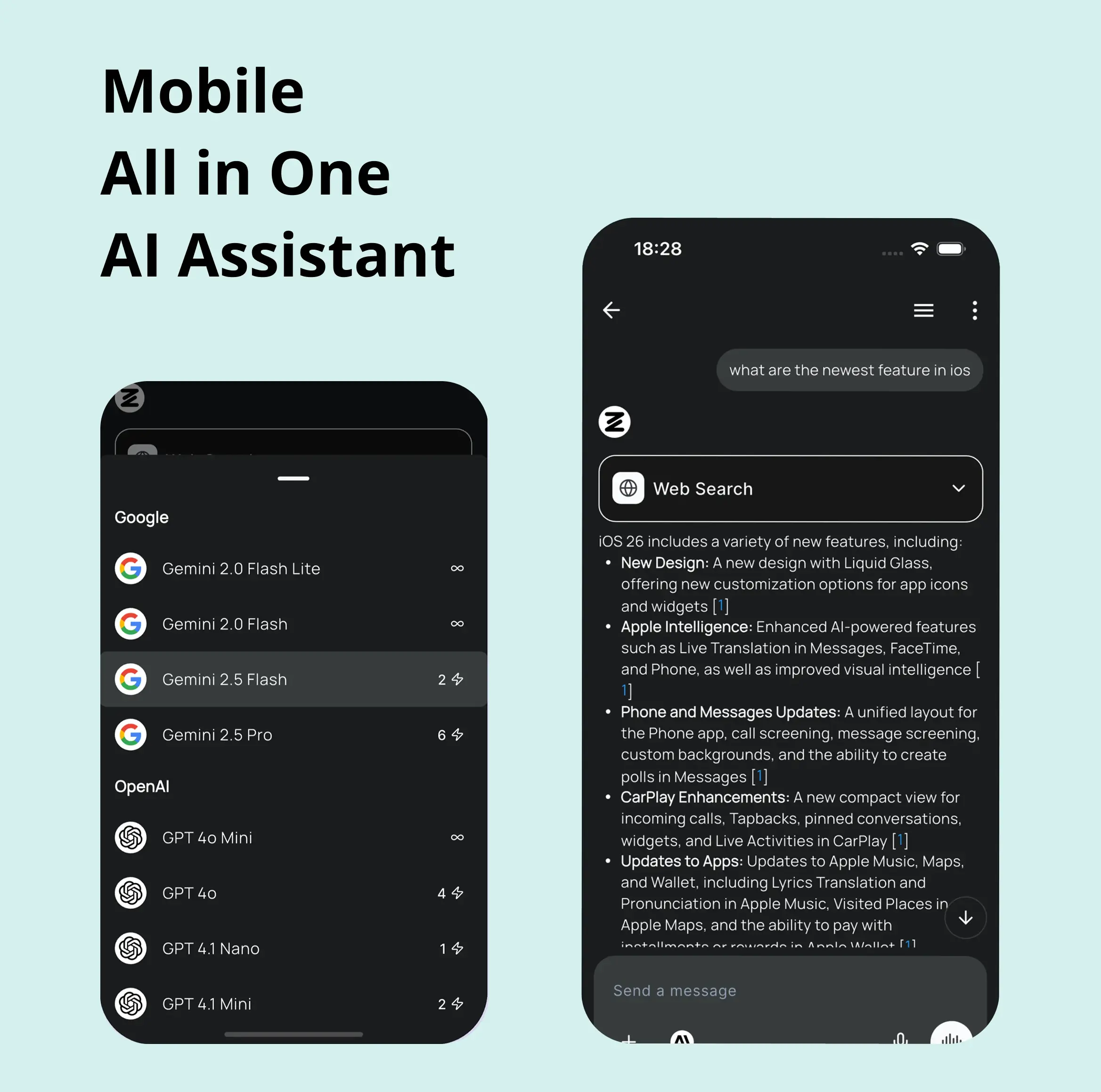
AI Drives Omnichannel Retail Insights in 2024
AI is reshaping retail in 2024, connecting all shopping channels for a seamless customer experience. Here's what you need to know:
- 92% of retailers are investing in AI
- AI influenced $199 billion in sales during the 2023 holiday season
- 74% of retailers have adopted omnichannel strategies
Key AI applications in retail:
- Smart inventory management
- Personalized shopping experiences
- Dynamic pricing
- 24/7 customer support
- Targeted marketing
- Supply chain optimization
Benefits of AI in retail:
| Benefit | Impact |
|---|---|
| Sales growth | 2.3x increase |
| Profit growth | 2.5x increase |
| Revenue boost | 69% of retailers |
| Cost reduction | 72% of retailers |
Challenges:
- Data security and privacy
- Balancing personalization with privacy concerns
- Data quality and integration issues
- Employee training needs
- Keeping up with rapid AI advancements
The future of AI in retail includes hyper-personalization, predictive inventory, cashierless checkouts, and AI-powered voice shopping. However, retailers must prioritize customer trust and data privacy as they implement these technologies.
Bottom line: AI is no longer optional for retailers. It's essential for staying competitive in 2024 and beyond.
Related video from YouTube
What is omnichannel retail?
Omnichannel retail connects all shopping channels for a smooth, unified experience. It's not just about having multiple ways to buy - it's about making those ways work together seamlessly.
Here's the key difference:
| Multichannel Retail | Omnichannel Retail |
|---|---|
| Separate channels | Connected channels |
| Product-focused | Customer-focused |
| Inconsistent experience | Unified experience |
In omnichannel retail, a customer can start shopping on their phone, continue on their laptop, and finish in-store. The experience feels the same throughout.
Real-world impact? Hornby Hobbies saw a 10% bump in website conversions after unifying their platform.
Small businesses are seeing results too:
- Animals Matter: 45% year-over-year sales increase
- Aje (Australian fashion): 135% boost in conversion rate
Why does it matter? Customers want it:
- 70% spend more with brands using omnichannel strategies
- 87% of millennials value shopping anytime, anywhere
Bottom line: Omnichannel retail meets customers where they are - online, in-store, or on social media. It's becoming the new normal for retail in 2024 and beyond.
2. How AI improves omnichannel retail
AI is revolutionizing omnichannel retail in 2024. It's not just about multiple sales channels anymore - it's about making them work together seamlessly. Here's how:
Smarter data analysis
AI crunches massive amounts of data from all your sales channels. It spots patterns humans might miss and gives you insights fast.
BSH Group used AI to analyze customer behavior across 40 touchpoints. The result? A 106% jump in conversion rates and 22% more add-to-carts.
Personalization at scale
AI creates unique experiences for each customer, no matter how they shop.
- Reebok customized their homepage for each visitor based on shopping habits.
- Nespresso showed personalized product recommendations and coffee recipes matched to past purchases.
Inventory management and demand forecasting
AI keeps track of stock across all channels in real-time and predicts future demand. This means:
- Less chance of stockouts or overstock
- Happier customers who get what they want, when they want it
AI analyzes data like:
| Data Type | Impact on Demand |
|---|---|
| Weather | Affects seasonal buys |
| Social media | Shows trends |
| Past sales | Reveals habits |
| Local events | Short-term spikes |
24/7 customer support
AI-powered chatbots and virtual assistants are always on, ready to help customers with questions, recommendations, and orders.
Bridging online and offline
AI is breaking down the walls between digital and physical shopping:
- Walmart's AI planned Super Bowl parties based on past purchases.
- Albert Heijn's app turns recipe photos into instant shopping lists.
Mike Edmonds, a retail strategist at Microsoft, says:
"Now we have a superpower–a copilot–to generate individual, micro-segment content that speaks to our customers at the right level and equips marketers and merchandisers to deliver that at scale."
AI is making omnichannel retail smoother, smarter, and more personal than ever before. It's changing how we think about shopping altogether.
3. Main AI uses in omnichannel retail
AI is reshaping retail across all channels. Here's how:
Smart inventory management
AI keeps shelves stocked by:
- Crunching past sales data
- Considering external factors (weather, events)
- Predicting future demand
Result? Fewer stockouts, less overstock, lower costs, and happier customers.
Lowe's uses AI-powered cameras to track inventory in real-time, ensuring product availability.
Personalized shopping
AI tailors the shopping experience:
| Application | Impact |
|---|---|
| Product recommendations | 35% of Amazon's sales |
| Custom search results | Better Zalando shopping |
| Virtual try-ons | Fewer Warby Parker returns |
Dynamic pricing
AI sets optimal prices by analyzing:
- Competitor pricing
- Inventory levels
- Demand changes
This maximizes profits while staying competitive.
24/7 customer support
AI chatbots offer non-stop help:
- Answering FAQs
- Assisting with product selection
- Processing simple transactions
Human staff can then focus on complex issues.
Targeted marketing
AI boosts marketing effectiveness by:
- Grouping customers
- Predicting product preferences
- Timing promotions perfectly
Tommy Hilfiger's Facebook chatbot helps shoppers browse collections and pick outfits based on their style.
Supply chain optimization
AI streamlines product journeys:
- Forecasting demand accurately
- Optimizing routes and logistics
- Cutting waste and costs
The result? Faster deliveries and lower prices for customers.
4. AI's impact on customer experience
AI is reshaping how we shop, both online and in stores. Here's how it's making shopping easier and more personal:
Smoother shopping
AI helps customers find what they want, fast:
- AI tracks how people move in stores to put popular items in easy-to-find spots.
- AI chatbots answer shopper questions 24/7 about products and stock.
"When technology improves experiences — not added as an afterthought — brands can deliver the convenience consumers expect." - IBM Institute for Business Value
Personal touch
AI tailors shopping to each person:
| AI Feature | What It Does | Example |
|---|---|---|
| Product suggestions | Shows items based on past purchases | Amazon's "You might also like" |
| Custom search results | Gives better results based on shopping history | Zalando's personalized listings |
| Virtual try-ons | Shows how products look without trying them on | Warby Parker's virtual glasses try-on |
Sephora's Color IQ scans your face and suggests makeup that matches your skin tone.
Smarter customer service
AI solves problems faster:
- Chatbots answer simple questions quickly
- Call routing sends customers to the right person
- Sentiment analysis spots unhappy customers for priority help
Bridging online and offline
AI connects your shopping across channels:
- Unified profiles combine data from store visits, online browsing, and social media
- Consistent experience shows the same offers and products everywhere
Macy's "On Call" app uses AI to guide in-store customers, helping them find products and check stock.
The big picture
AI is improving shopping, but there's work to do:
- Only 14% of online shoppers and 9% of in-store shoppers are happy with their experiences.
- 89% of customers use at least one digital channel to talk to brands.
Brands using AI well stand out. Tommy Hilfiger's Facebook chatbot helps customers find outfits based on their style, personalizing the experience.
As AI advances, expect more tailored experiences that make shopping easier and more enjoyable across all channels.
sbb-itb-4f108ae
5. Challenges of using AI in retail
Retailers face several hurdles when implementing AI. Let's dive in:
Data security and privacy
Retailers are prime targets for cyber attacks due to the sensitive customer data they collect:
- 24% of all cyber attacks in 2020 hit retailers
- Phishing attacks on retail jumped 436% in 2021
To combat this:
- Collect only essential data
- Use encryption and tokenization
- Implement strong authentication (like SSO)
- Limit data access based on job roles
Personalization vs. privacy
Customers want personalized experiences but worry about their data:
- 71% expect personalization for easier shopping
- 68% of U.S. adults are concerned about data collection
Retailers must balance these competing needs.
Data quality and integration
Many retailers struggle with their data:
- 77% have trouble getting useful insights
- 67% can't collect usable data for better business insights
To improve:
- Clean and organize existing data
- Invest in tools to connect data sources
- Train staff on proper data management
Employee training
AI tools require new skills:
- 86% of workers believe they need AI training
- Only 14% of front-line employees have received AI upskilling
Some companies are taking action:
"Our goal is AI readiness, which means ensuring everyone in our workforce is conversant in understanding GenAI's capabilities, which includes using GenAI ethically and safely." - Jim Hemgen, Director of Talent Development for Booz Allen Hamilton
Ikea is training 3,500 employees on AI literacy, offering courses like AI Fundamentals and AI Exploration Days.
Keeping up with AI advancements
The AI field moves fast:
- 65% of retailers struggle to keep up with new AI technologies
- 70% said their organization needs more education on AI retail solutions
To address this:
- Create learning communities for AI experimentation
- Partner with AI experts or consultants
- Regularly review and update AI strategies
6. Measuring AI success in retail
Retailers need to track specific metrics to see if AI is actually helping their business. Here's how:
Key Performance Indicators (KPIs)
Focus on these AI-specific KPIs:
| KPI | What it means | Goal |
|---|---|---|
| Mean Time to Repair (MTTR) | How fast AI errors get fixed | Lower is better |
| First Contact Resolution Rate (FCRR) | Issues solved by basic support | Aim for 65%+ |
| Mean Absolute Error (MAE) | How accurate AI predictions are | Lower is better |
| True/False Positive Rate (T/FPR) | How fair AI classifications are | Keep balanced |
Money Matters
The 2024 Retail AI Readiness Index helps predict AI's financial impact:
- Looks at AI's effect on sales, margins, and expenses for 215 North American retailers
- Shows expected financial impact from 2022 to 2029
- Covers different retail sectors
Retail-Specific Numbers
Keep an eye on these AI-influenced metrics:
- In-stock percentage (shoot for 98.5% on key items)
- Inventory turnover (industry average: 7.5 times per quarter)
- Sales per square foot
- How well promotions work
- Foot traffic
Customer Focus
To see how AI affects customer experience, track:
- Customer Satisfaction (CSAT)
- Net Promoter Score (NPS)
- How well personalization works
Efficiency Gains
Compare before and after AI:
- How long processes take
- Time to complete tasks
- How well resources are used
ROI Calculation
Here's a quick way to figure out AI ROI:
- Measure money saved or extra revenue from AI
- Subtract what you spent on AI
- Divide by what you spent
- Multiply by 100 for percentage
Example: You spend $200,000 on AI and save $400,000 a year. ROI = (($400,000 - $200,000) / $200,000) x 100 = 100%
7. Future of AI in omnichannel retail
AI is changing the game for retailers. Here's what's coming:
AI-powered personalization
By 2025, AI will handle 95% of customer interactions. This means:
- Smarter product recommendations
- Marketing that speaks to YOU
- In-store experiences that match your online preferences
Inventory that thinks ahead
AI will keep shelves stocked:
- Predict what you'll want before you do
- Balance stock across stores, warehouses, and online
- Reorder automatically to avoid empty shelves
Checkout? What checkout?
Forget lines:
- Pay without talking to anyone
- Get in and out faster
- Happier customers, smoother operations
AI assistants that never sleep
24/7 support is the new normal:
- Answer questions and track orders automatically
- Instant product info and suggestions
- Human staff tackle the tricky stuff
Shop with your voice
AI voice assistants are changing how we buy:
- Talk to your devices like a person
- Order through smart speakers
- Search and compare products by voice
AI with a conscience
As AI grows, so do ethical concerns:
- Clear explanations of AI decisions
- Fighting bias in recommendations and pricing
- Keeping your data safe and private
Subscriptions that learn
AI will make subscriptions smarter:
- Boxes of stuff you actually want
- Auto-reorder your favorites
- Prices that flex with your habits
Real-world AI in action
| Company | AI Tech | What it does |
|---|---|---|
| Walmart | "My Assistant" chatbot | Helps remote workers with notes and summaries |
| Amazon | AI review summaries | Quick decision-making for shoppers |
| eBay | AI listing generator | Saves sellers time on descriptions |
| Starbucks | Smart mobile app | Personalized offers boost sales |
| Sephora | AI recommendations | Creates better shopping experiences |
Retailers who jump on these AI trends will be ready for whatever customers want next.
8. AI for small and medium retailers
Small and medium retailers can now use AI to level up their game. Here's how:
Chatbots: Your 24/7 Customer Service Buddy
AI chatbots handle basic customer questions around the clock. They free up your staff and keep customers happy. Tools like Drift and Tars are easy to set up and cost less than hiring more people.
Social Media: Work Smarter, Not Harder
AI tools can supercharge your social media game. They track post performance, spot trends, and post at the best times. Check out Hootsuite and Buffer for affordable options.
Email Marketing: Get Personal
AI can make your email campaigns smarter by personalizing content and analyzing what works. Mailchimp and Brevo are go-to choices for this.
Crystal Ball for Sales
AI helps predict what products will sell. This means better stock levels, less waste, and more sales. It's like having a crystal ball for your inventory!
Automate the Boring Stuff
Let AI handle tedious tasks like data entry, answering emails, and managing inventory. This frees up your staff for the important stuff.
Online Sales Boost
For e-commerce, AI can recommend products customers might like and price items to sell more. It's like having a super-smart sales assistant working 24/7.
Choosing the Right AI Tools
When picking AI tools:
- Keep it simple
- Make sure they play nice with your current systems
- Look for good support
- Think about future growth
- Find the best bang for your buck
Real-World Wins
Check out how some businesses are using AI:
| Company | AI Tool | Result |
|---|---|---|
| Local Bookstore | ChatGPT | Halved email response time |
| Family Shoe Shop | Zoho Social | 30% more social media engagement |
| Neighborhood Cafe | Mailchimp | Email open rates jumped from 15% to 25% |
Start Small, Dream Big
You don't need deep pockets to get started. Many AI tools offer free or low-cost plans. Pick one area, like customer service or inventory, and give it a shot. Then expand from there.
Remember: AI is here to help, not replace your expertise. Use it to amplify your skills and take your business to the next level.
9. Importance of customer data in AI retail
Customer data fuels AI in retail. It's what creates that "they really get me" feeling. But it's a double-edged sword.
The data goldmine
AI needs data to work its magic. It uses it to:
- Predict your next purchase
- Time email sends
- Personalize product recommendations
More data means better service. But there's a catch.
The privacy puzzle
People are wary of data use. A study found:
- 90% want transparency about AI use
- 87% want access to their data
- 80% want consent before AI uses their data
Stores must balance improvement with privacy.
Building trust through transparency
Shannon Flanagan from Talkdesk says:
"The power of AI is undeniable as retailers increasingly leverage it to build stronger customer relationships and offer a more personalized shopping experience."
But trust is crucial. Here's what shoppers think:
| Concern | Percentage |
|---|---|
| Want AI transparency | 80% |
| Trust data security | 28% |
| Avoid AI recommendations | 60% |
Ethical AI: A necessity
Stores need to:
1. Create ethical AI guidelines
2. Address AI bias
3. Communicate AI use and potential issues
The payoff
When done right, everyone wins:
- Customers get better experiences
- Stores improve inventory management
- Both save time and hassle
Walmart, for example, uses AI to predict holiday pumpkin pie demand based on local factors.
Start small, think big
For AI beginners:
1. Focus on one area (e.g., inventory or customer service)
2. Ensure clean, secure data
3. Be transparent with customers
4. Keep learning and adjusting
Conclusion
AI is changing the game for omnichannel retail in 2024. Here's what we've learned:
AI boosts the bottom line
Retailers using AI are seeing big wins:
| Metric | Improvement |
|---|---|
| Sales growth | 2.3x |
| Profit growth | 2.5x |
| Revenue increase | 69% of retailers |
| Cost reduction | 72% of retailers |
It's all about the customer
AI helps retailers get to know their customers better. Take Instacart's AI meal planner. It turns dinner ideas into shopping lists. Or Walmart's AI, which suggests Super Bowl party items based on what you've bought before.
Data is king
Good data is crucial. Mike Edmonds from Microsoft says:
"We are at a tech inflection point like no other, and it's an exciting time to be part of this journey."
Trust is a must
Retailers need to balance AI benefits with customer trust:
- 90% of customers want to know how AI is used
- Only 28% trust their data is safe
The future looks bright
We're just scratching the surface with AI in retail. From personalized shopping to smart inventory management, it's set to change how we buy and sell.
But here's the thing: AI is a tool, not a replacement for human touch. Use it to enhance, not replace, the personal connections that make retail special.
Related posts
Explore Zemith Features
Introducing Zemith
The best tools in one place, so you can quickly leverage the best tools for your needs.
All in One AI Platform
Go beyond AI Chat, with Search, Notes, Image Generation, and more.
Cost Savings
Access latest AI models and tools at a fraction of the cost.
Get Sh*t Done
Speed up your work with productivity, work and creative assistants.
Constant Updates
Receive constant updates with new features and improvements to enhance your experience.
Features
Selection of Leading AI Models
Access multiple advanced AI models in one place - featuring Gemini-2.5 Pro, Claude 4.5 Sonnet, GPT 5, and more to tackle any tasks

Speed run your documents
Upload documents to your Zemith library and transform them with AI-powered chat, podcast generation, summaries, and more

Transform Your Writing Process
Elevate your notes and documents with AI-powered assistance that helps you write faster, better, and with less effort

Unleash Your Visual Creativity
Transform ideas into stunning visuals with powerful AI image generation and editing tools that bring your creative vision to life

Accelerate Your Development Workflow
Boost productivity with an AI coding companion that helps you write, debug, and optimize code across multiple programming languages

Powerful Tools for Everyday Excellence
Streamline your workflow with our collection of specialized AI tools designed to solve common challenges and boost your productivity

Live Mode for Real Time Conversations
Speak naturally, share your screen and chat in realtime with AI

AI in your pocket
Experience the full power of Zemith AI platform wherever you go. Chat with AI, generate content, and boost your productivity from your mobile device.

Deeply Integrated with Top AI Models
Beyond basic AI chat - deeply integrated tools and productivity-focused OS for maximum efficiency
Straightforward, affordable pricing
Save hours of work and research
Affordable plan for power users
Plus
- 10000 Credits Monthly
- Access to plus features
- Access to Plus Models
- Access to tools such as web search, canvas usage, deep research tool
- Access to Creative Features
- Access to Documents Library Features
- Upload up to 50 sources per library folder
- Access to Custom System Prompt
- Access to FocusOS up to 15 tabs
- Unlimited model usage for Gemini 2.5 Flash Lite
- Set Default Model
- Access to Max Mode
- Access to Document to Podcast
- Access to Document to Quiz Generator
- Access to on demand credits
- Access to latest features
Professional
- Everything in Plus, and:
- 21000 Credits Monthly
- Access to Pro Models
- Access to Pro Features
- Access to Video Generation
- Unlimited model usage for GPT 5 Mini
- Access to code interpreter agent
- Access to auto tools
- 10000 Credits Monthly
- Access to plus features
- Access to Plus Models
- Access to tools such as web search, canvas usage, deep research tool
- Access to Creative Features
- Access to Documents Library Features
- Upload up to 50 sources per library folder
- Access to Custom System Prompt
- Access to FocusOS up to 15 tabs
- Unlimited model usage for Gemini 2.5 Flash Lite
- Set Default Model
- Access to Max Mode
- Access to Document to Podcast
- Access to Document to Quiz Generator
- Access to on demand credits
- Access to latest features
- Everything in Plus, and:
- 21000 Credits Monthly
- Access to Pro Models
- Access to Pro Features
- Access to Video Generation
- Unlimited model usage for GPT 5 Mini
- Access to code interpreter agent
- Access to auto tools
What Our Users Say
Great Tool after 2 months usage
simplyzubair
I love the way multiple tools they integrated in one platform. So far it is going in right dorection adding more tools.
Best in Kind!
barefootmedicine
This is another game-change. have used software that kind of offers similar features, but the quality of the data I'm getting back and the sheer speed of the responses is outstanding. I use this app ...
simply awesome
MarianZ
I just tried it - didnt wanna stay with it, because there is so much like that out there. But it convinced me, because: - the discord-channel is very response and fast - the number of models are quite...
A Surprisingly Comprehensive and Engaging Experience
bruno.battocletti
Zemith is not just another app; it's a surprisingly comprehensive platform that feels like a toolbox filled with unexpected delights. From the moment you launch it, you're greeted with a clean and int...
Great for Document Analysis
yerch82
Just works. Simple to use and great for working with documents and make summaries. Money well spend in my opinion.
Great AI site with lots of features and accessible llm's
sumore
what I find most useful in this site is the organization of the features. it's better that all the other site I have so far and even better than chatgpt themselves.
Excellent Tool
AlphaLeaf
Zemith claims to be an all-in-one platform, and after using it, I can confirm that it lives up to that claim. It not only has all the necessary functions, but the UI is also well-designed and very eas...
A well-rounded platform with solid LLMs, extra functionality
SlothMachine
Hey team Zemith! First off: I don't often write these reviews. I should do better, especially with tools that really put their heart and soul into their platform.
This is the best tool I've ever used. Updates are made almost daily, and the feedback process is very fast.
reu0691
This is the best AI tool I've used so far. Updates are made almost daily, and the feedback process is incredibly fast. Just looking at the changelogs, you can see how consistently the developers have ...
